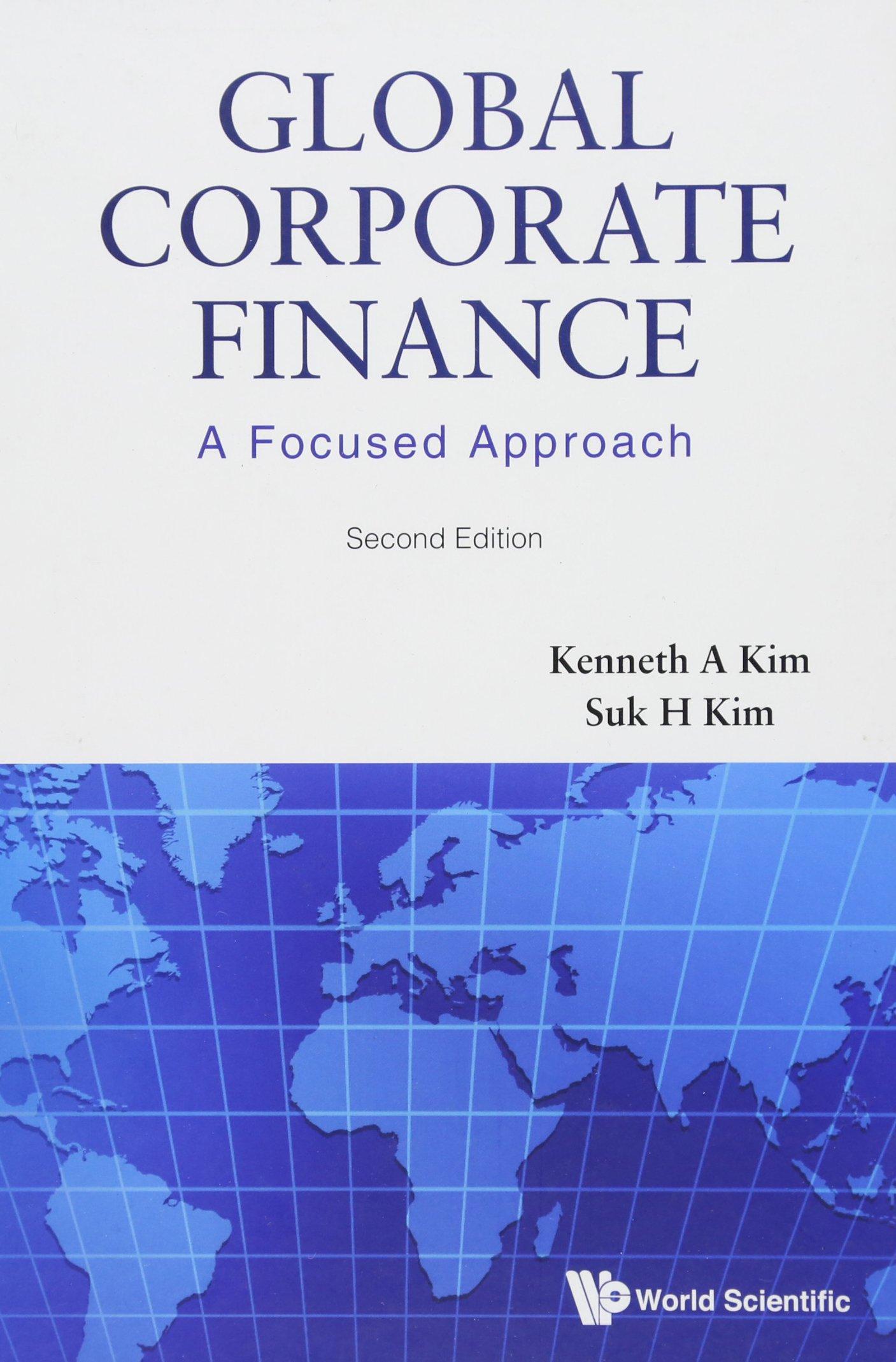Bernice Mountaindog was glad to be back at Sea Shore Salt. Employees were treated well. When she had asked a year ago for a leave of absence to complete her degree in finance, top management promptly agreed. When she returned with an honors degree, she was promoted from administrative assistant (she had been secretary to Joe-Bob Brinepool, the president) to treasury analyst. Bernice thought the company's prospects were good. Sure, table salt was a mature business, but Sea Shore Salt had grown steadily at the expense of its less:well-known competitors. The company's brand name was an important advantage, despite the difficulty most customers liad in pronouncing it rapidly. Bernice started work on January 2, 2021. The first 2 weeks went smoothly. Then Mr. Brinepool's cost of capital memo (see Figure 13.2) assigned her to explain Sea Shore Salt's weighted-average cost of capital to other managers. The memo came as a surprise to Bernice, so she stayed late to prepare for the questions that would surely come the next day. FIGURE 13.2 Mr. Brinepool's cost of capital memo. Sea Shore Salt Company Spring Vacation Bcach, Forida CONFIDENTLL MEMORANDUM \begin{tabular}{ll} DATE & January 15, 2021 \\ TO: & SSS.Manogement \\ FROME & Joe-Bob Brinepool, President \\ SUBUECT: & Cost of Caphal \end{tabular} This memo states and clarifies our company's long-standing policy regarding hurdle rates for capital investment decisions. There have been many recent questions, and some evident confusion, on this matter. Sea Shore Salt evaluates replacement and expansion investments by discounted cash flow. The discount or hurdle. rate is the company's after-tax weighted-average cost of capital. The weighted-averoge cost of copitat is simply a blend of the rates of return expected by investors in our company. These investors include banks, bondholders, and preferred stock investors in addition to common stockholders. Of course, many of you are, or soon will be, stockholders of our company The following thble summarizes the composition of Sea Shore Salt's financing. The rates of return on the bank loan and bond issue are, of course, just the interest rates we poy. Hovever, interest is tax-deductible, so the after-tax interest rates are lower than shown obove. For example, the after-tax cost of our bank financing. given our 21% tax rate; is 8(121)=6.3%. The rate of return on preferred stock is 6%. Sea Shore Salt pays a $6 dividend on each $100 preferred share. Our target rate of retum on equity has been 16% for many years. I know that some newcomers think this target is too high for the safe and mature salt business. But we must all aspire to superior profitability. Once this background is absorbed, the calculation of Sea Shore Salt's weighted-average cost of copital (WACC) is elementary: WACC=8(121)(20)+7.75(1.21)(133)+6(167)+16(50)=11.1% The official corporate hurdle rate is therefore 111%. If you have further questions about these calculations, please direct them to our new Treasury Analyst, Ms. Bernice Mountaindog. It is a pleasure to have Bemice back at Sea Shore Salt after a year's leave of absence to complete her degree in finance. Bernice first examined Sea Shore Salt's most recent balance sheet, summarized in 5 Table 13.6. Then she jotted down the followin additional points: Bernice first examined Sea Shore Salt's most recent balance sheet, summarized in @ Table 13.6. Then she jotted down the following additional points: TABLE 13.6 Sea Shore Salt's balance sheet, taken from the company's 2020 balance sheet (figures in \$ millions). Notes: 1. At yearend 2020, Sea stiore salt had 10 mition common shares outstanding - The company's bank clurged interest at current market rates, and the long-term debt had just been issued. Book and market values could not differ by much. - But the preferred stock had been issued 35 years ago, when interest rates were much lower. The preferred stock, originally issued at a book value of $100 per share, was now trading for only $70 per share. - The book value per share of the common stock was $30, but the stock was trading for $40 per share. Next year's earnings per share would be about $4 and dividends per share probably \$2. (Ten million shares of common stock are outstanding.) Sea Shore Salt had traditionally paid out 50% of earnings as dividends and plowed back the rest. - Earnings and dividends had grown steadily at 6% to 7% per year, in line with the company's sustainable growth rate: Sustainablegrowthrate=returnonequityplowbackratio=4/30.5=.067,or6.7% Sea Shore Salt's beta had averaged about .5 , which made sense, Bernice thought, for a stable, steady-growth business. She made a quick cost of equity calculation by using the capital asset pricing model (CAPM). With current interest rates of about 7%, and a market risk premium of 7%. CAPMcostofequity=rE=rf+(rwirf)=7%+5(7%)=10.5% This cost of equity was significantly less than the 16% decreed in Mr. Brinepool's memo. Bernice scanned her notes apprehensively. What if Mr. Brinepool's cost of equity was wrong? Was there some other way to estimate the cost of equity as a check on the CAPM calculation? Could there be other errors in his calculations? Bernice resolved to complete her analysis that night. If necessary, she would try to speak with Mr. Brinepool when he arrived at his office the next morning. Her job was not just finding the right number She also lad to figure out how to explain it all to Mr. Brinepool










